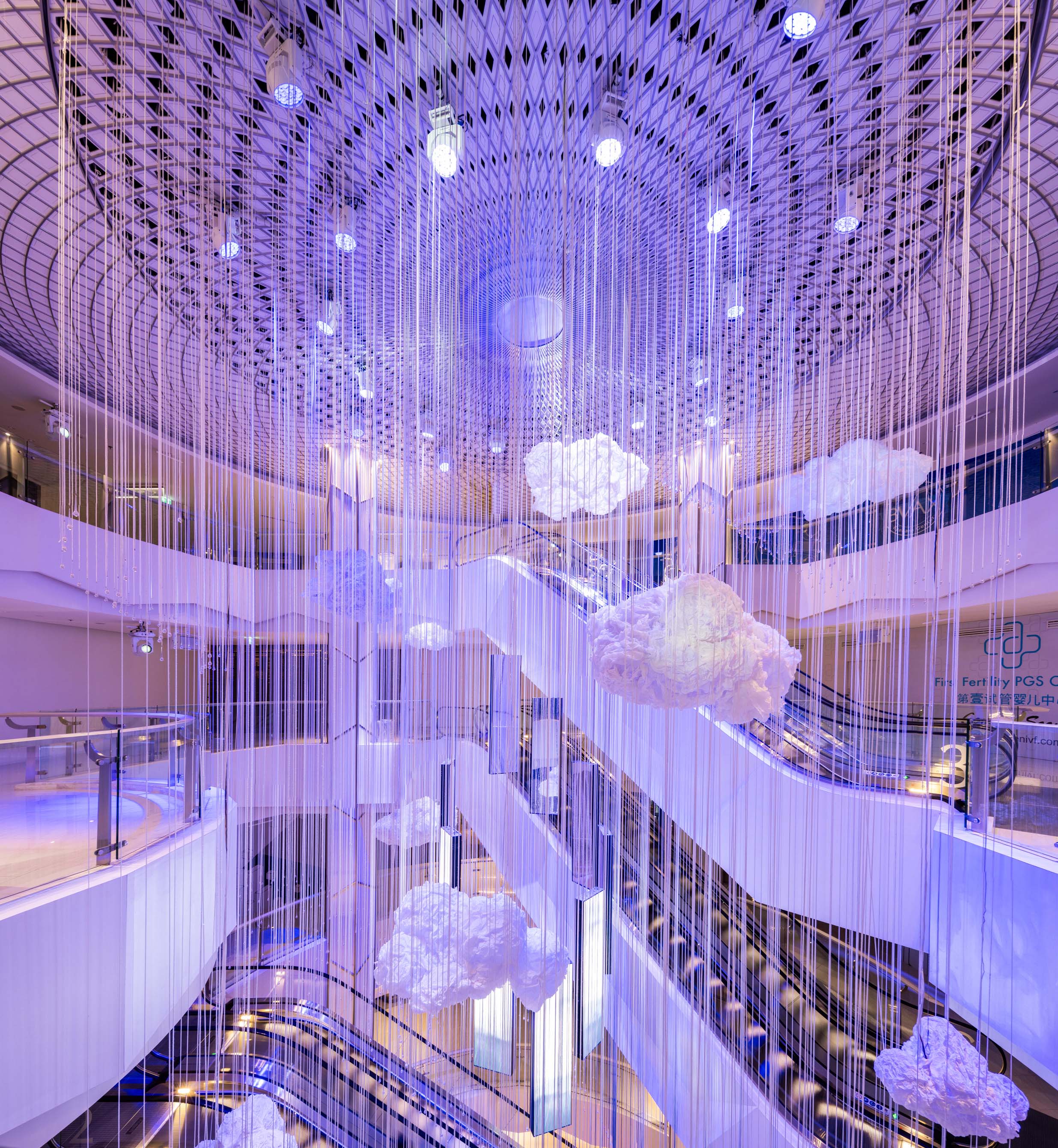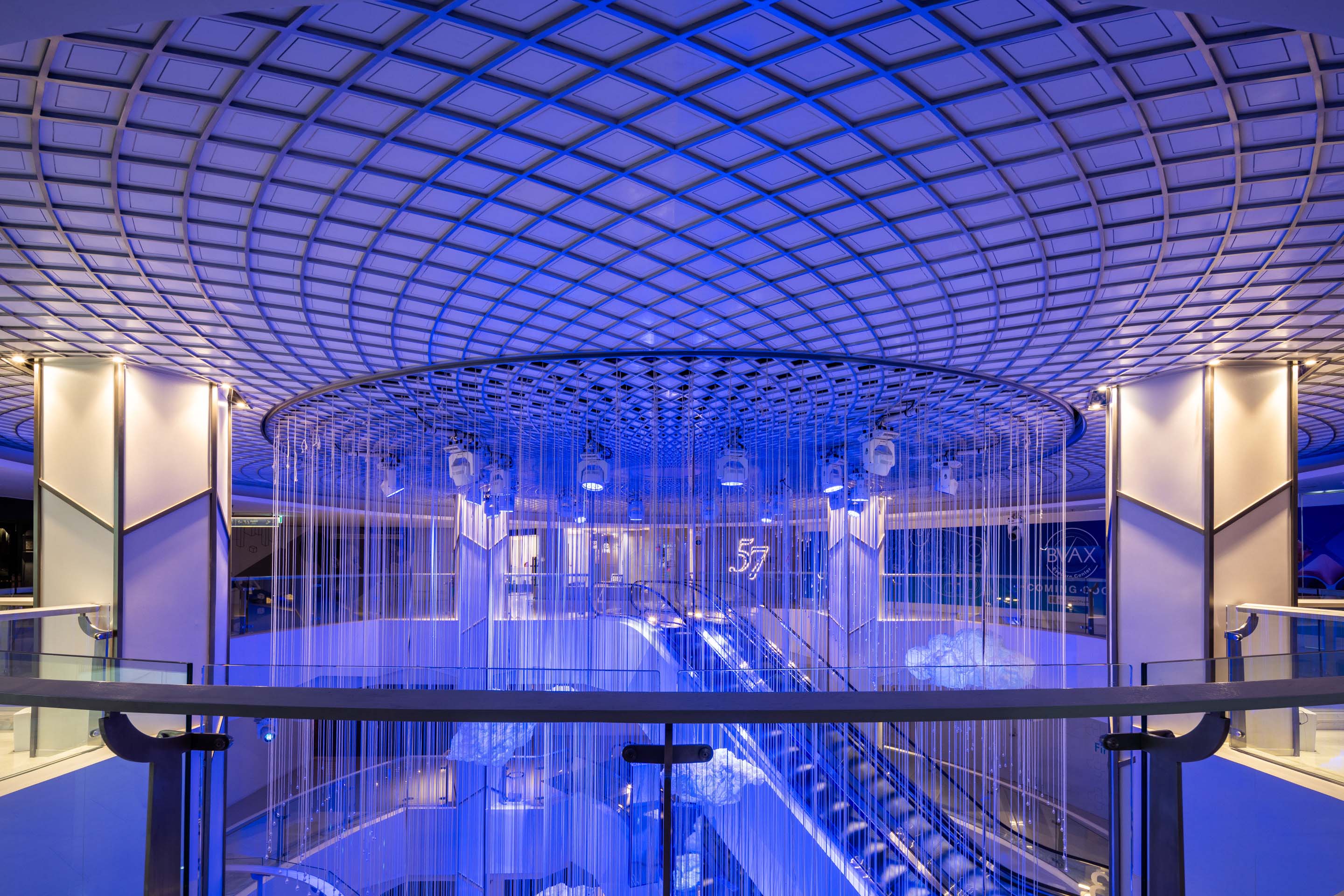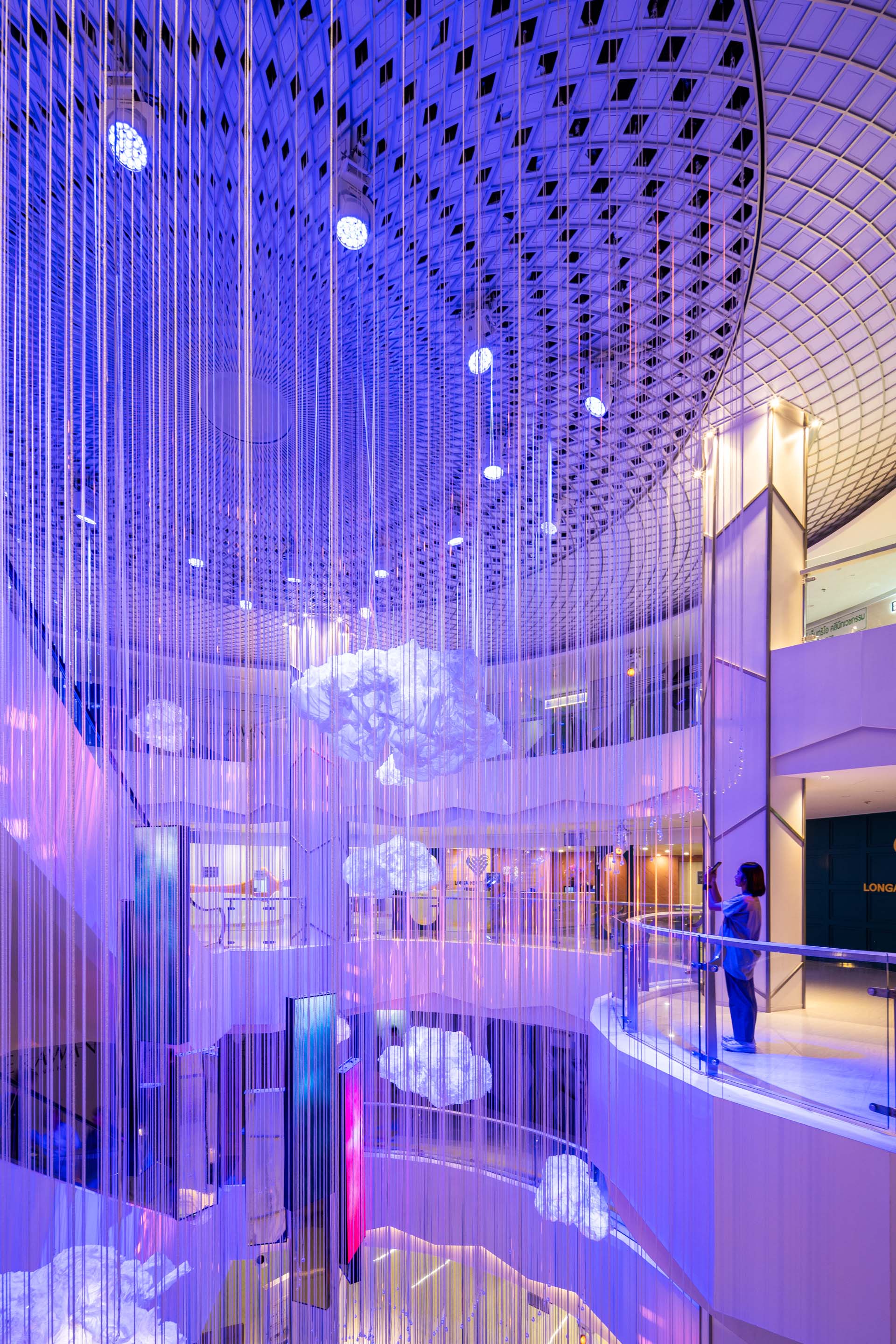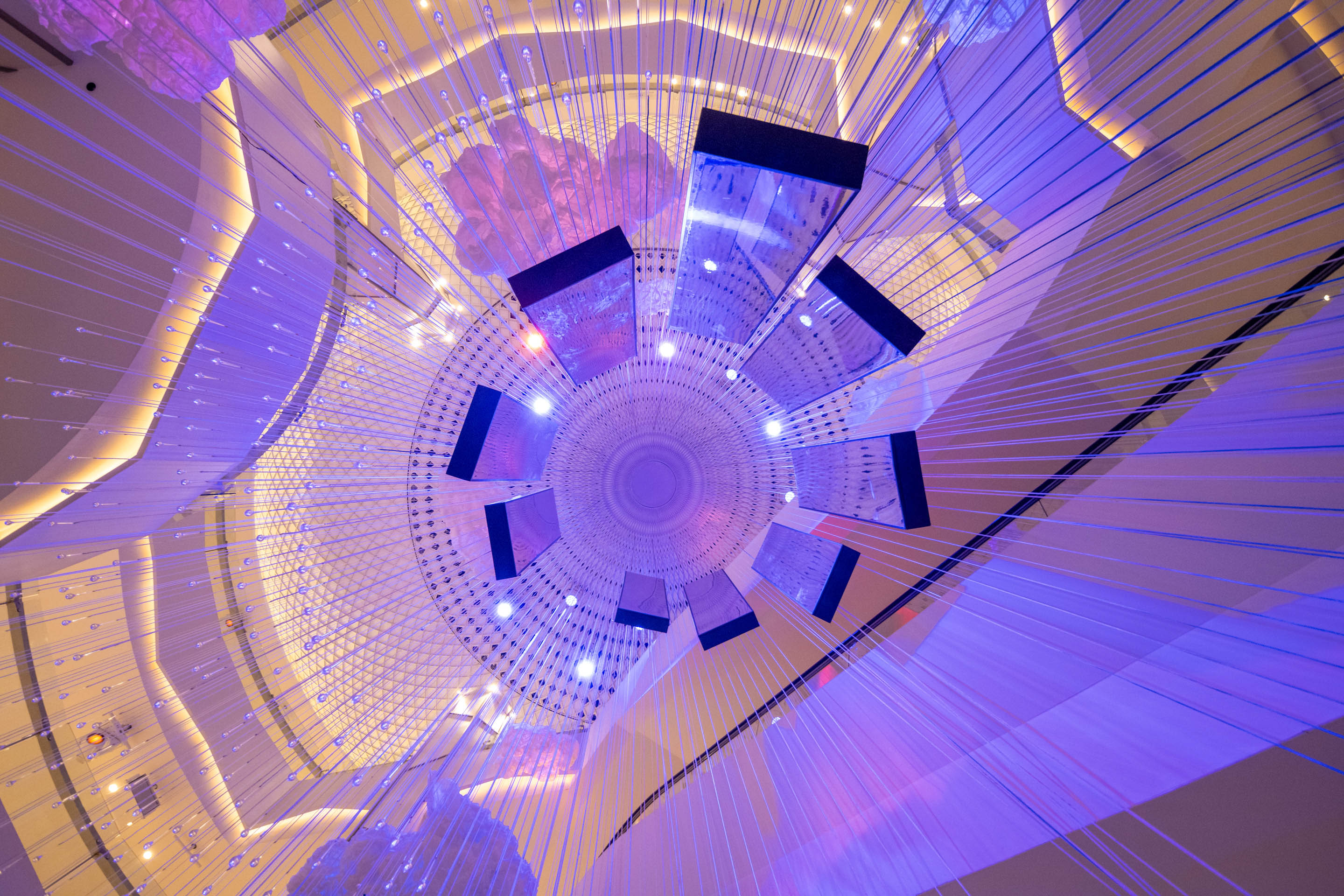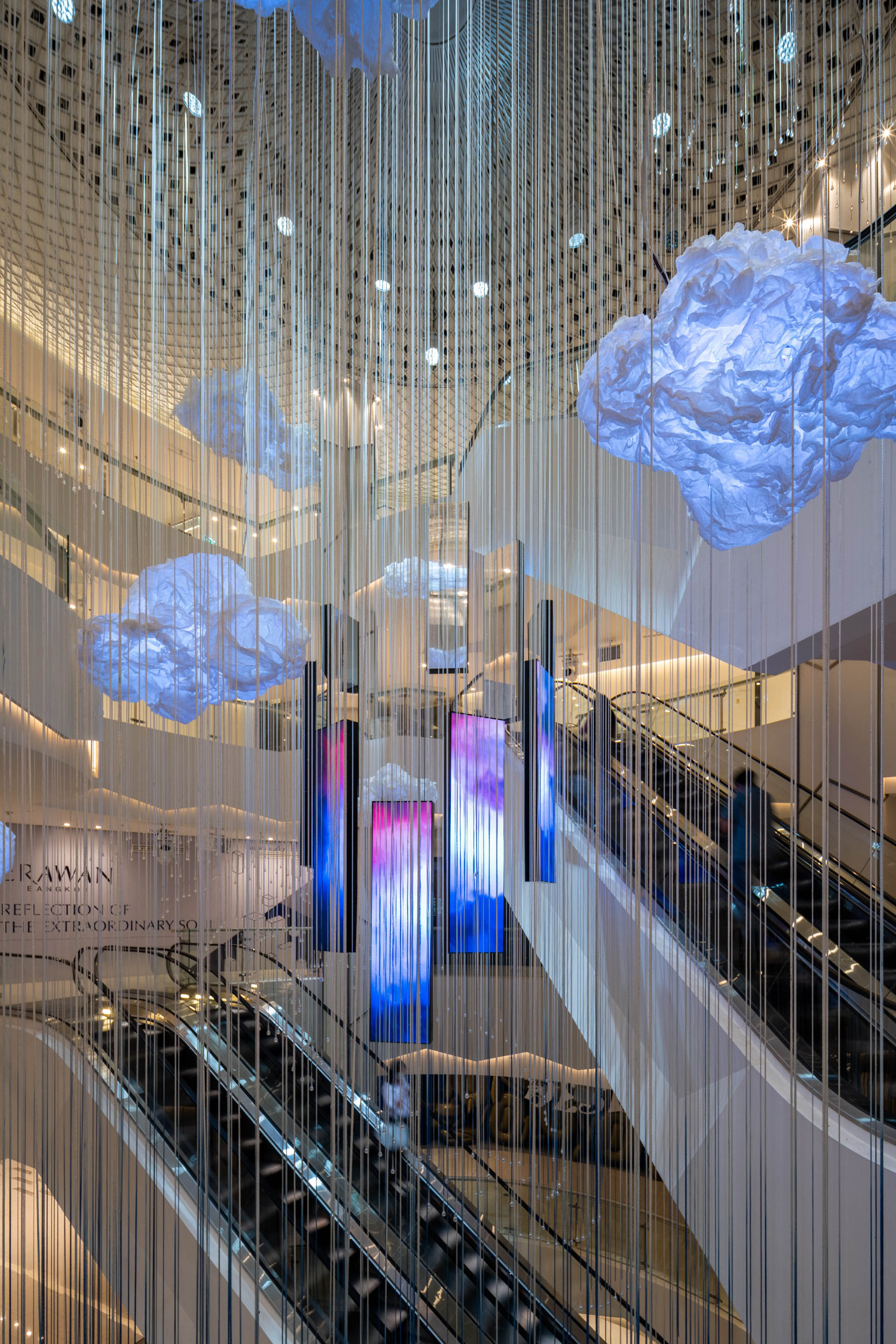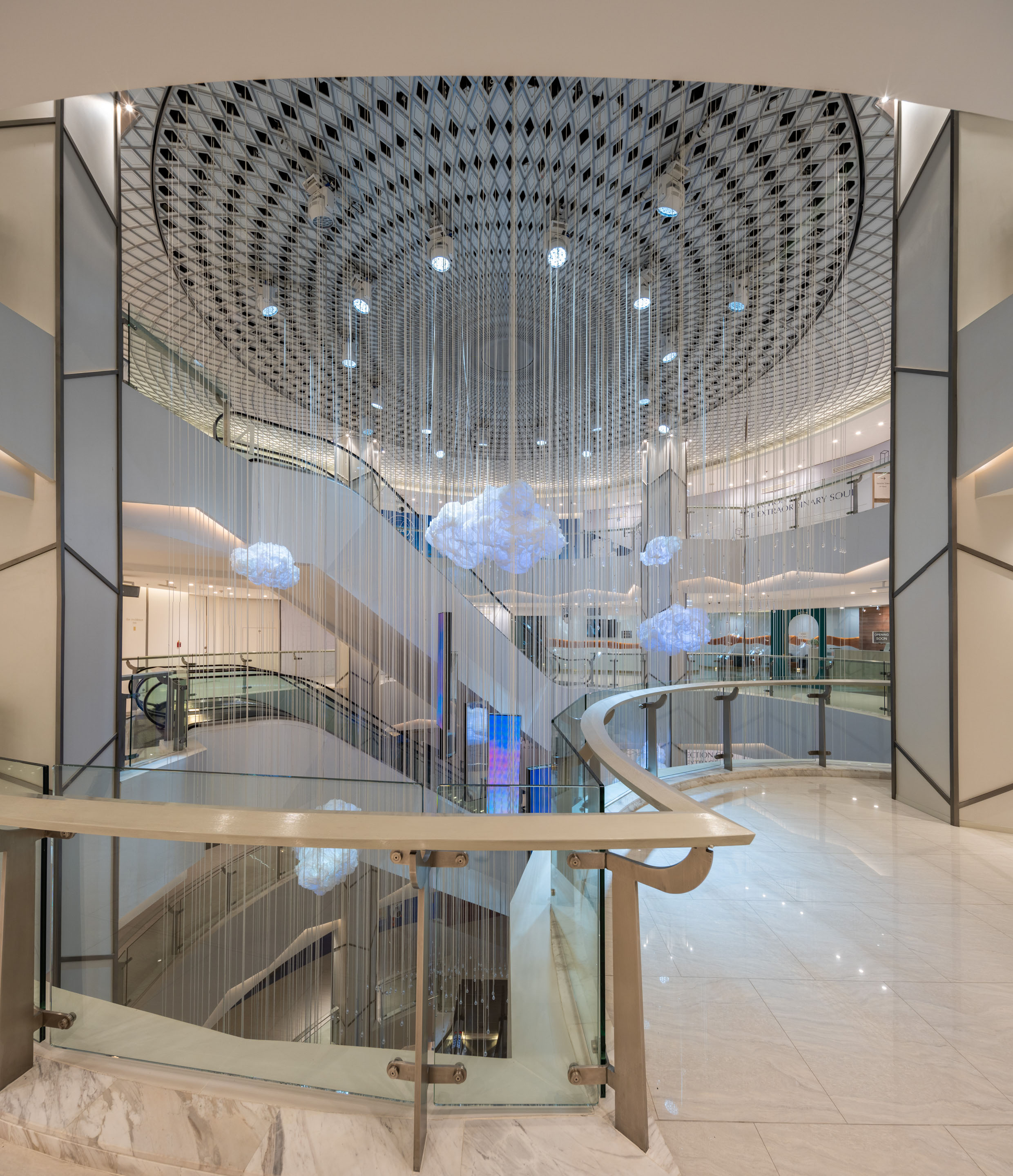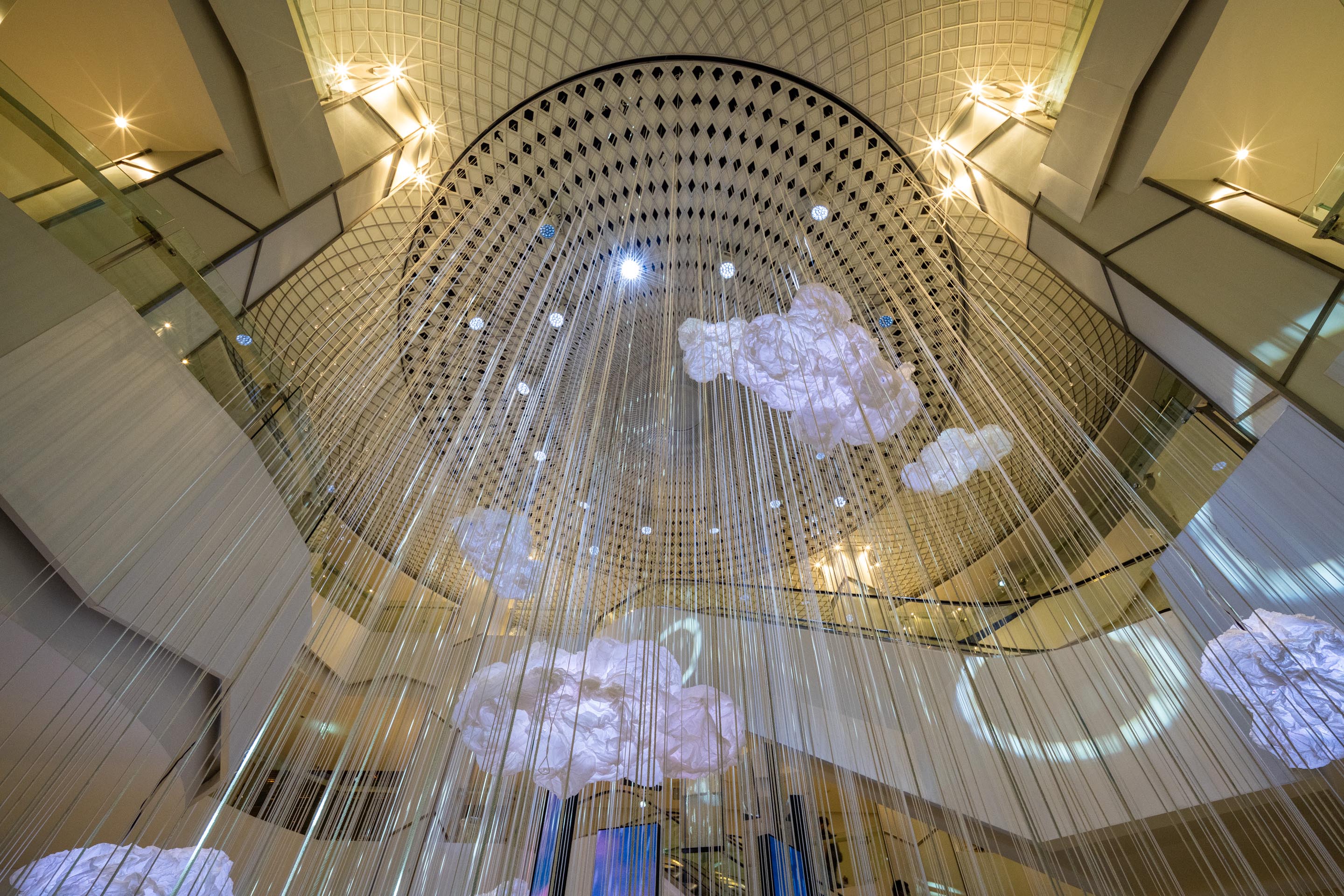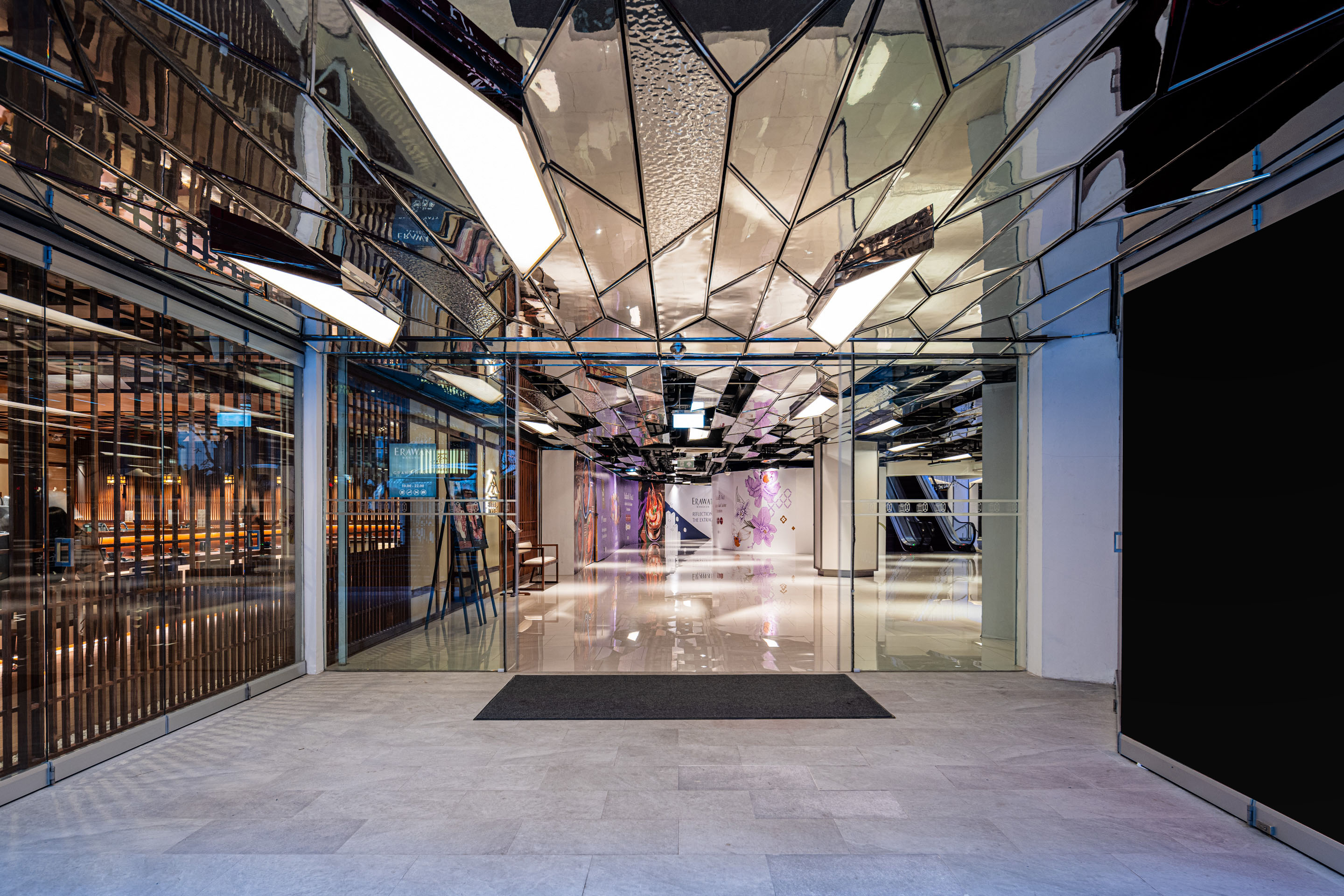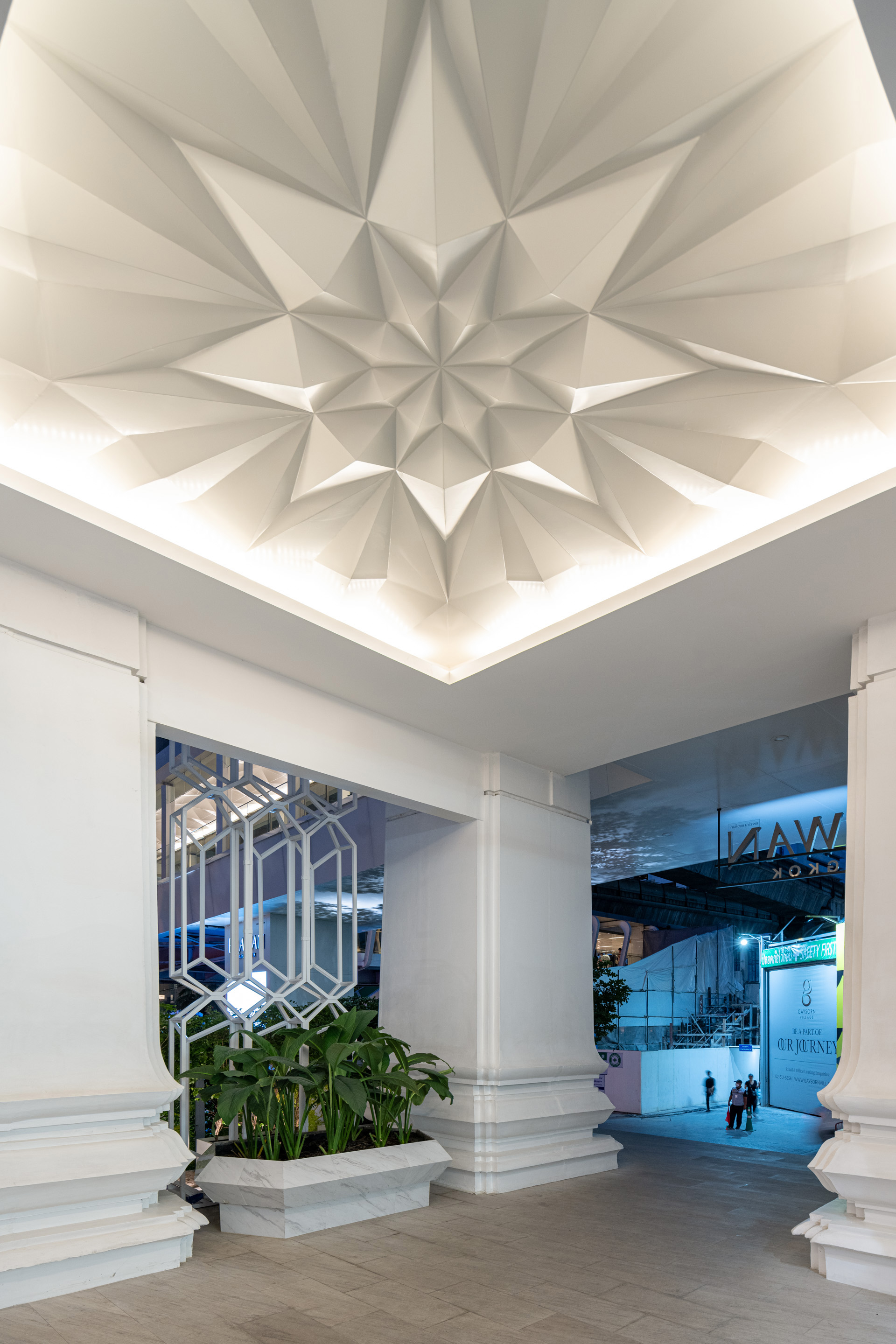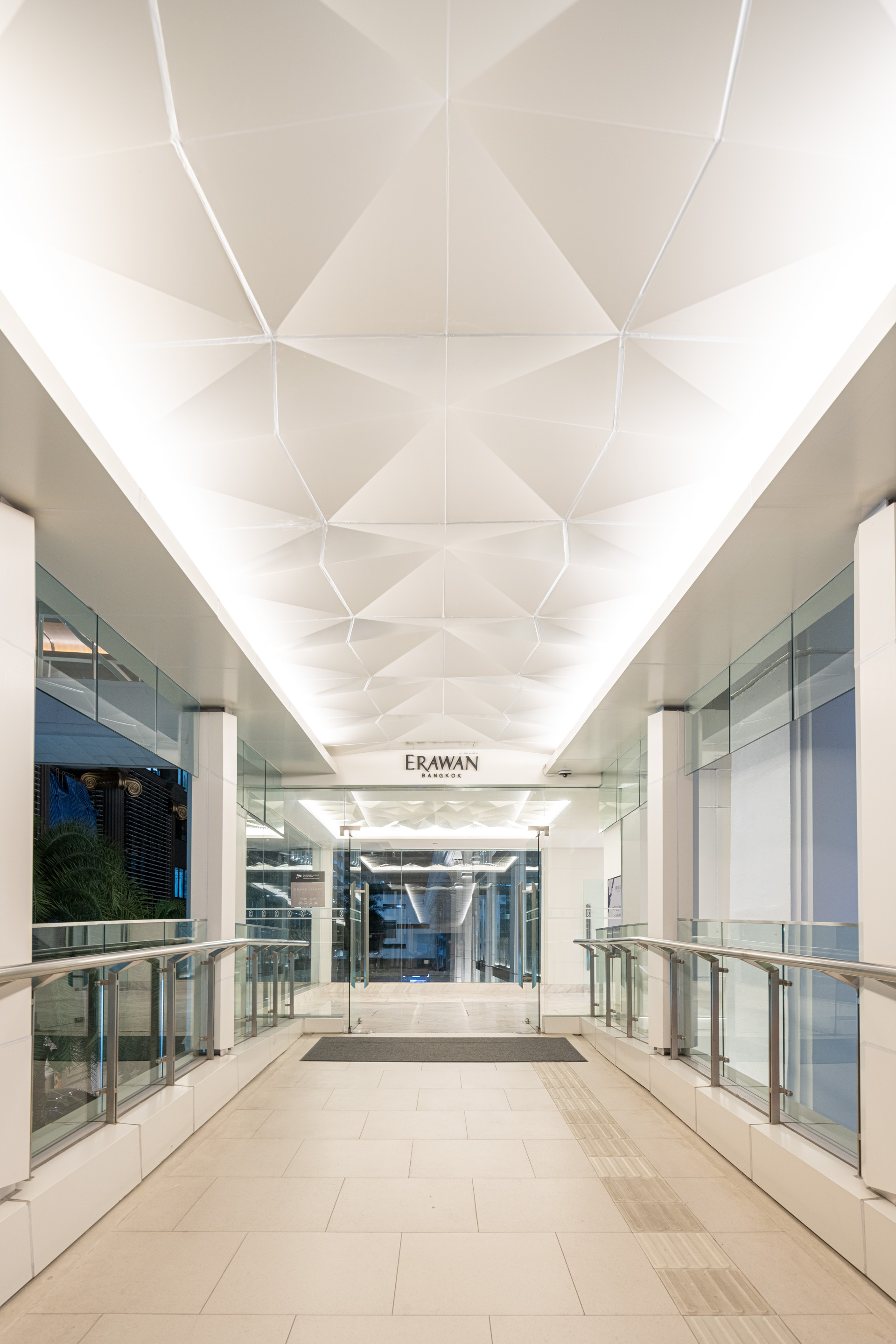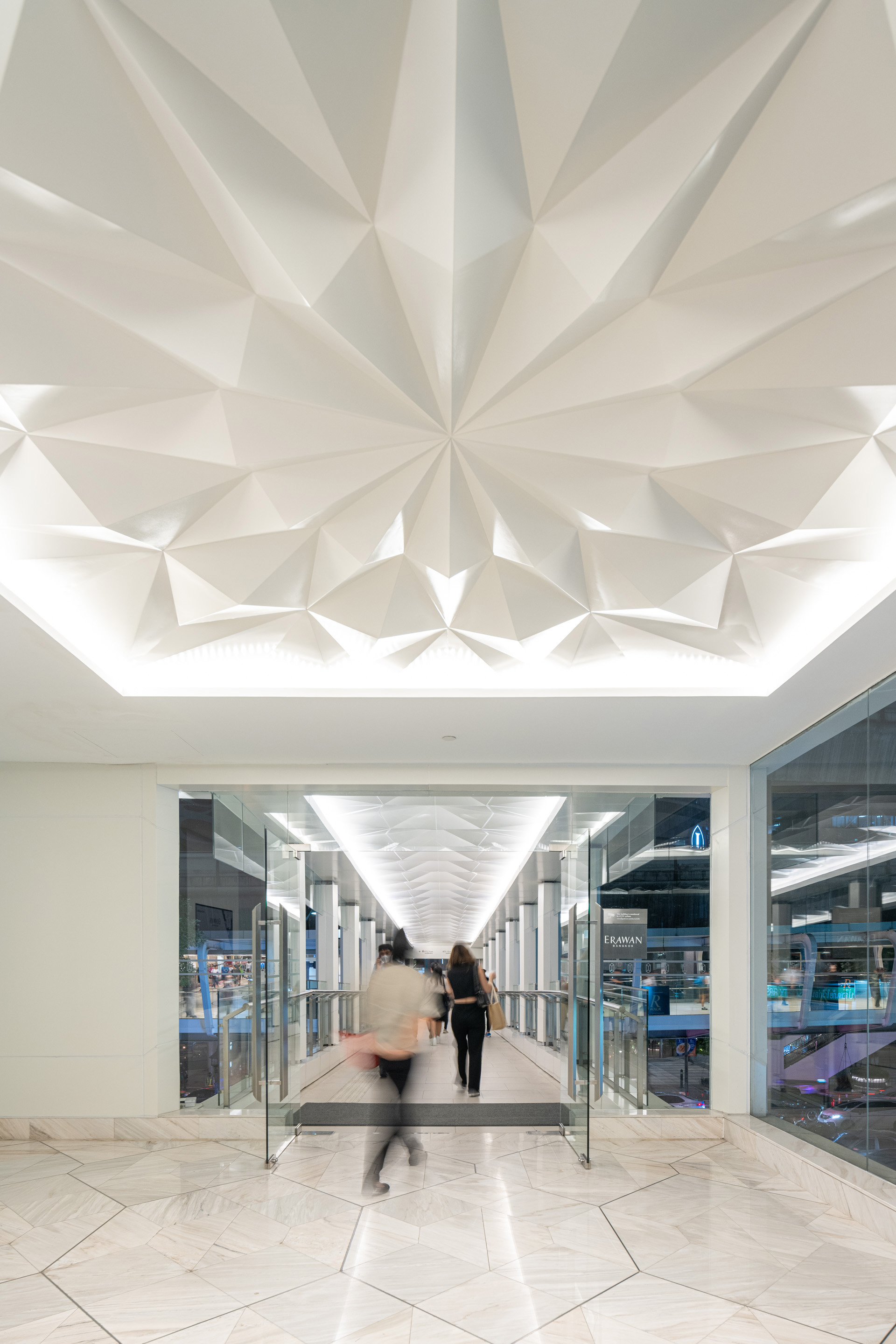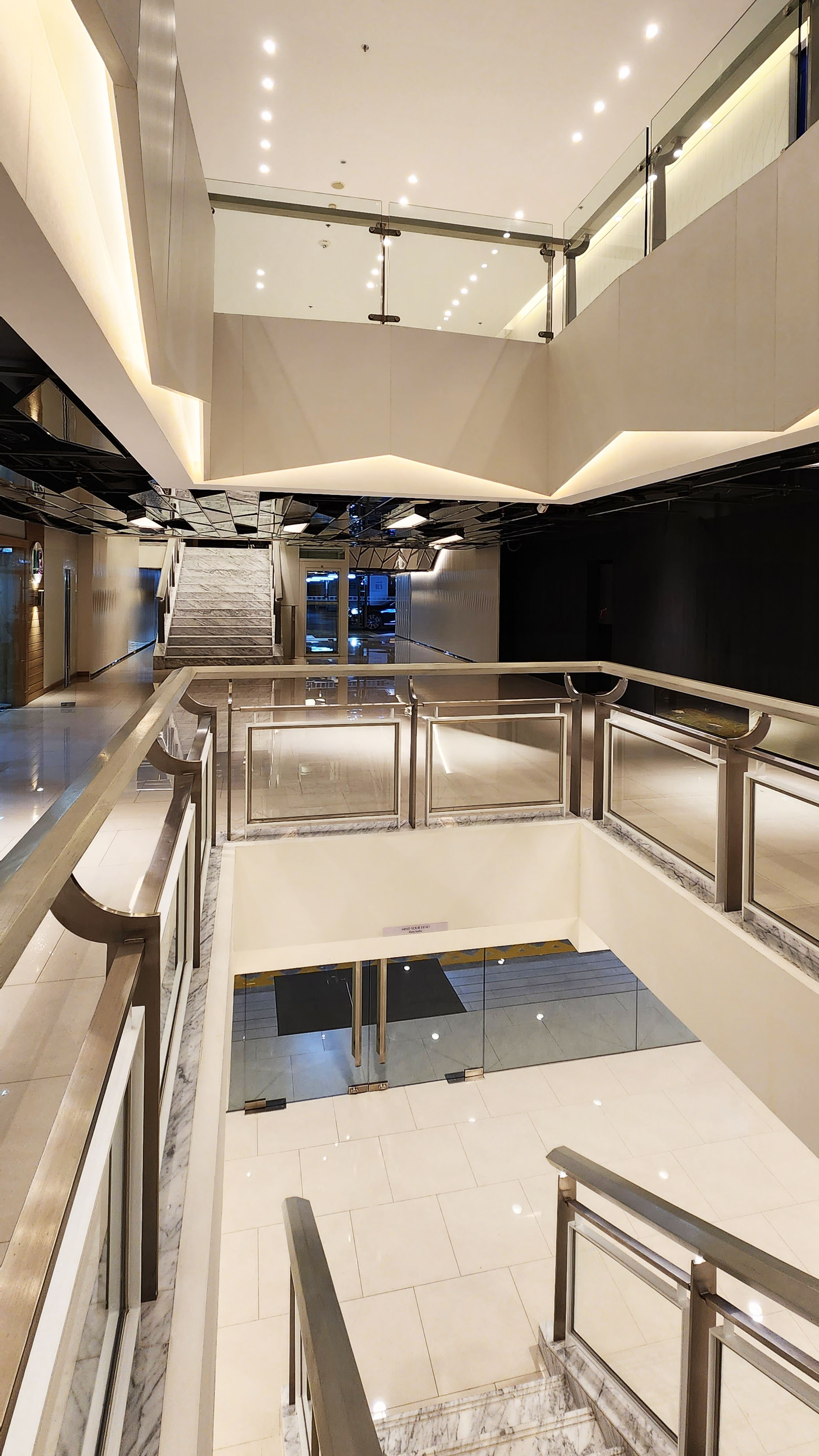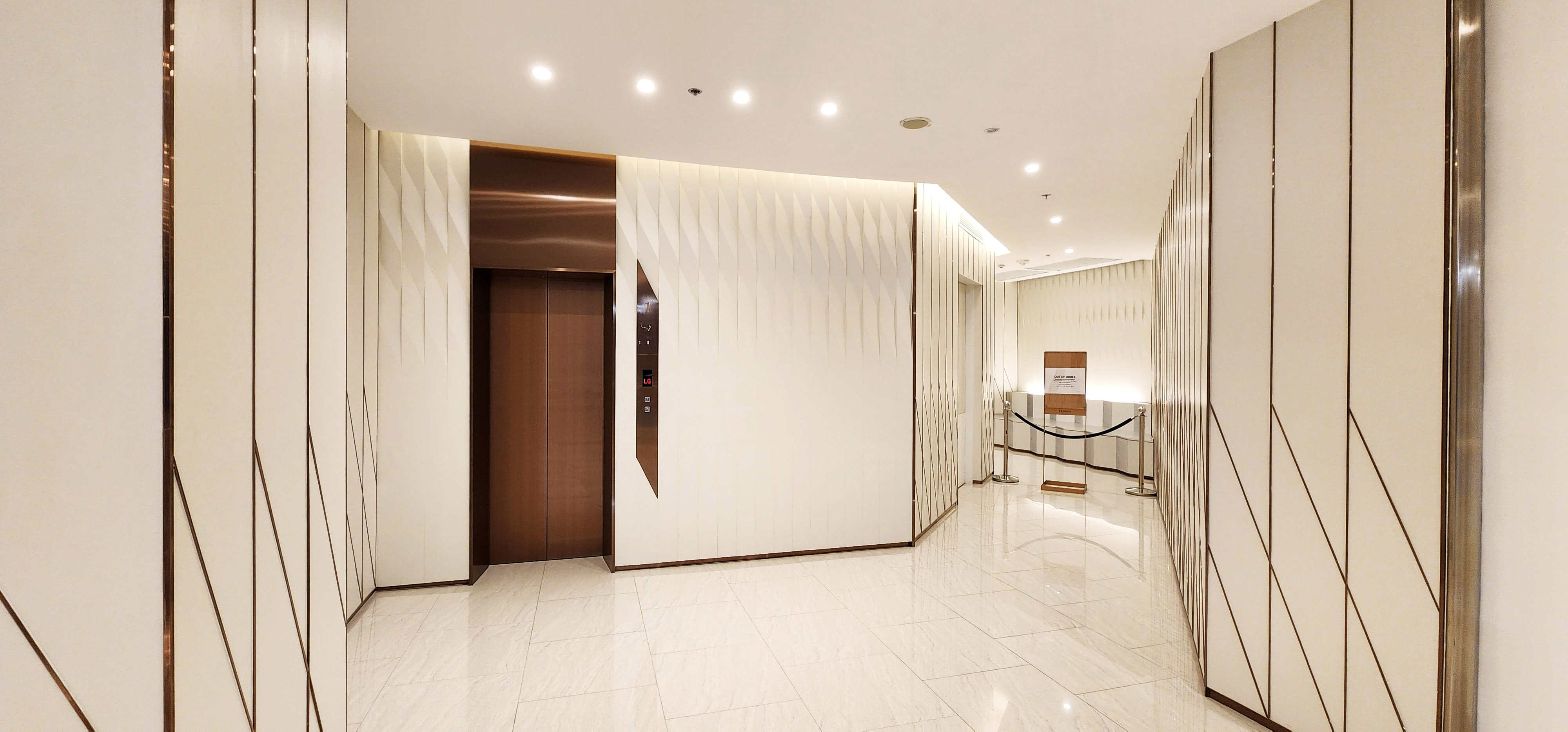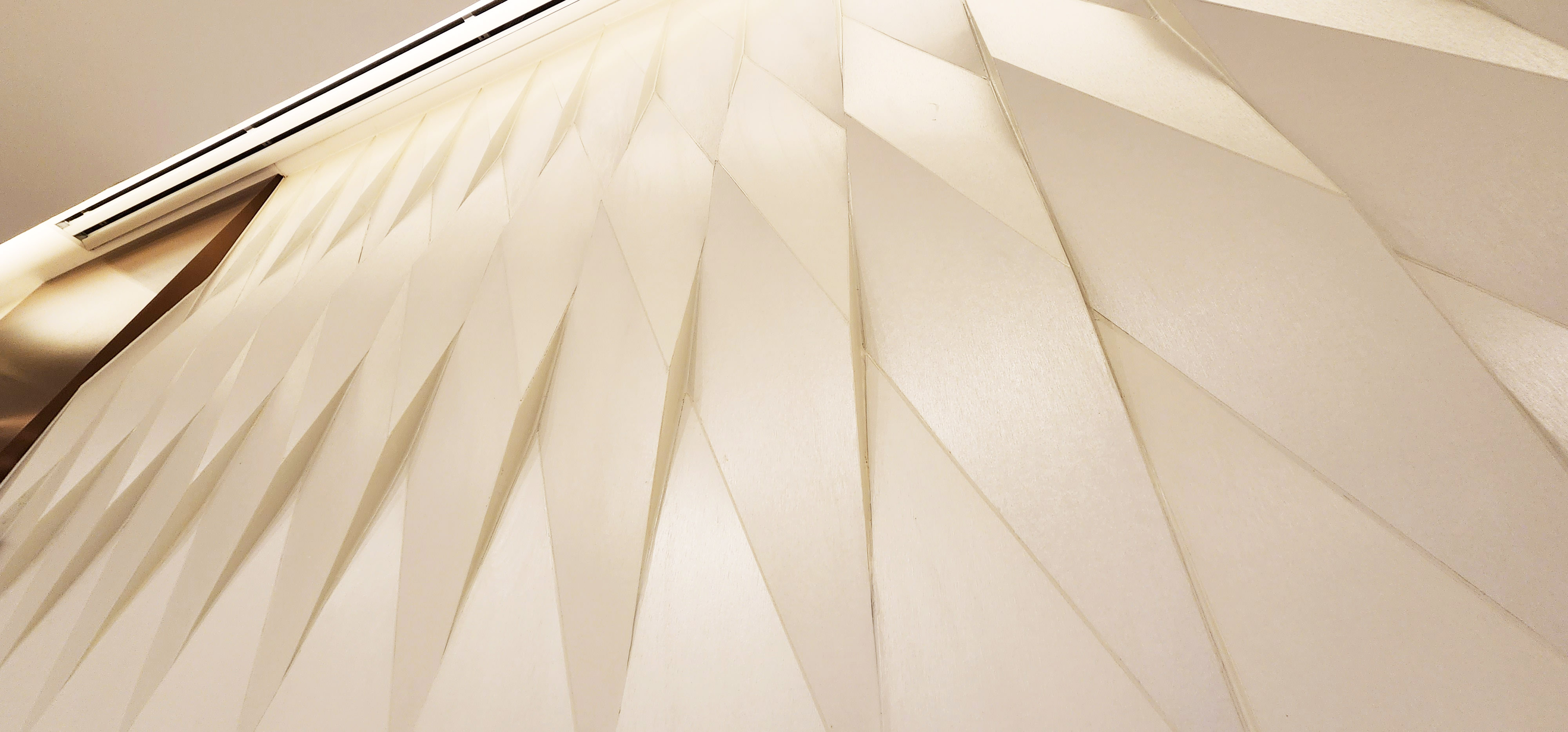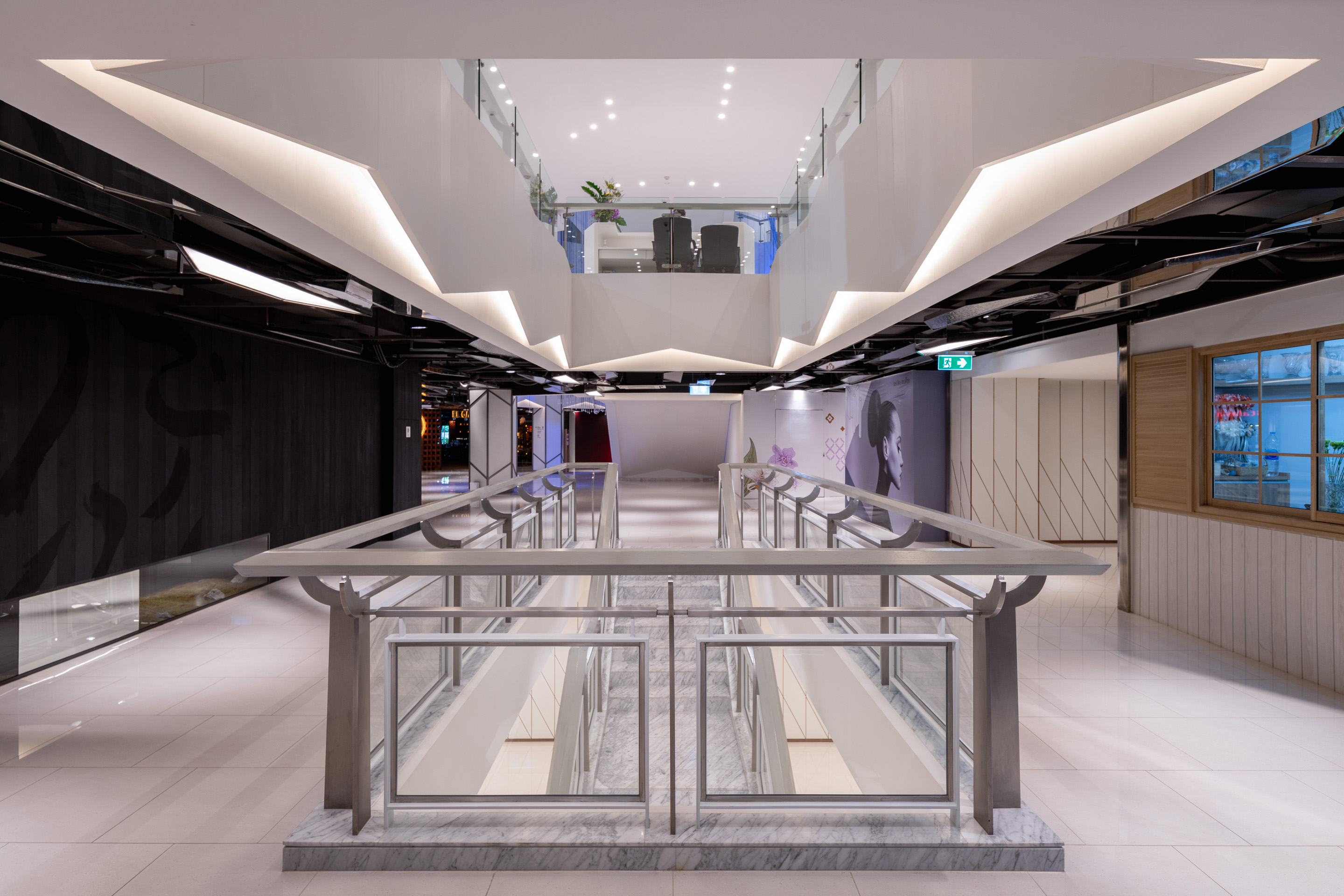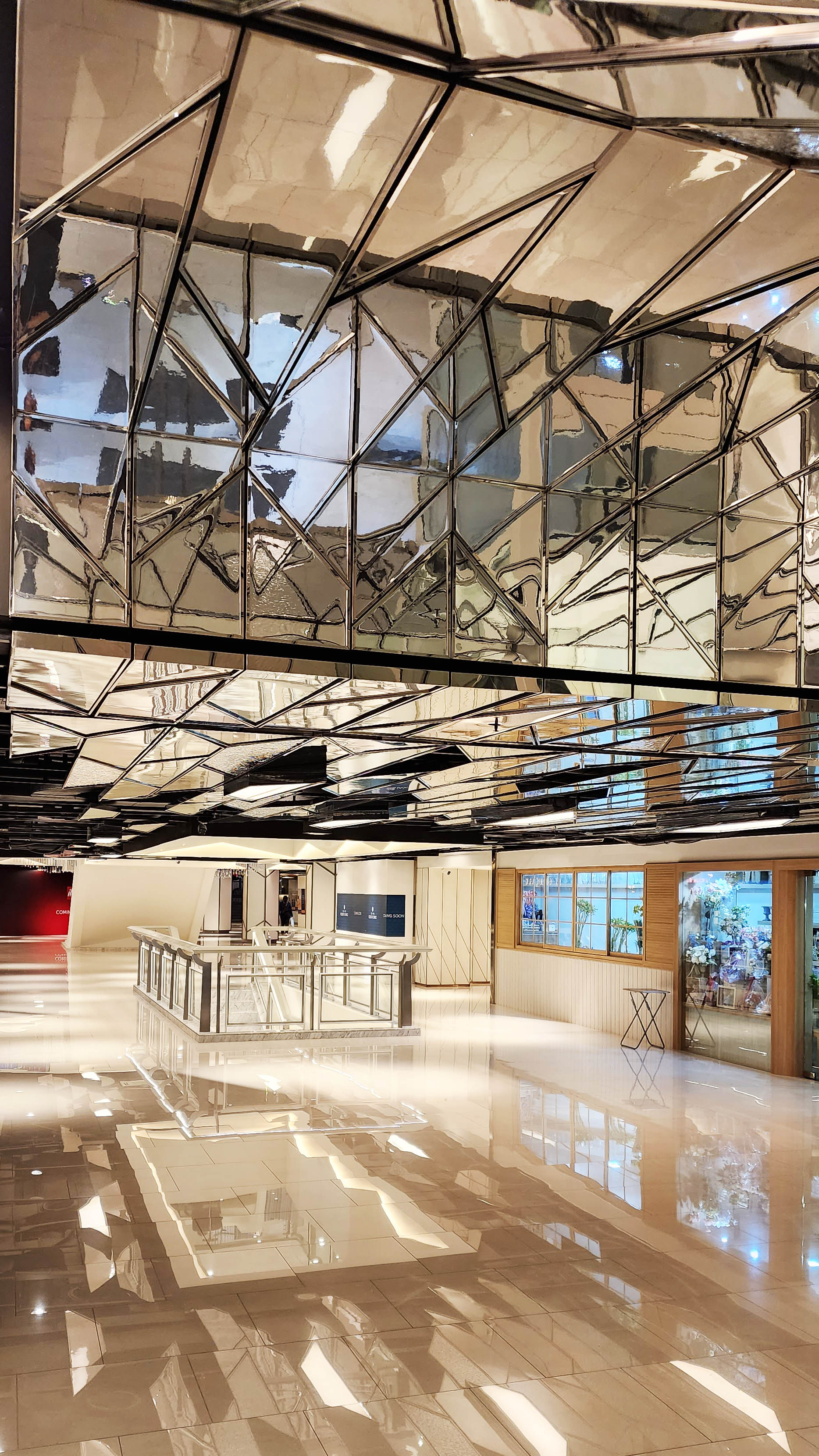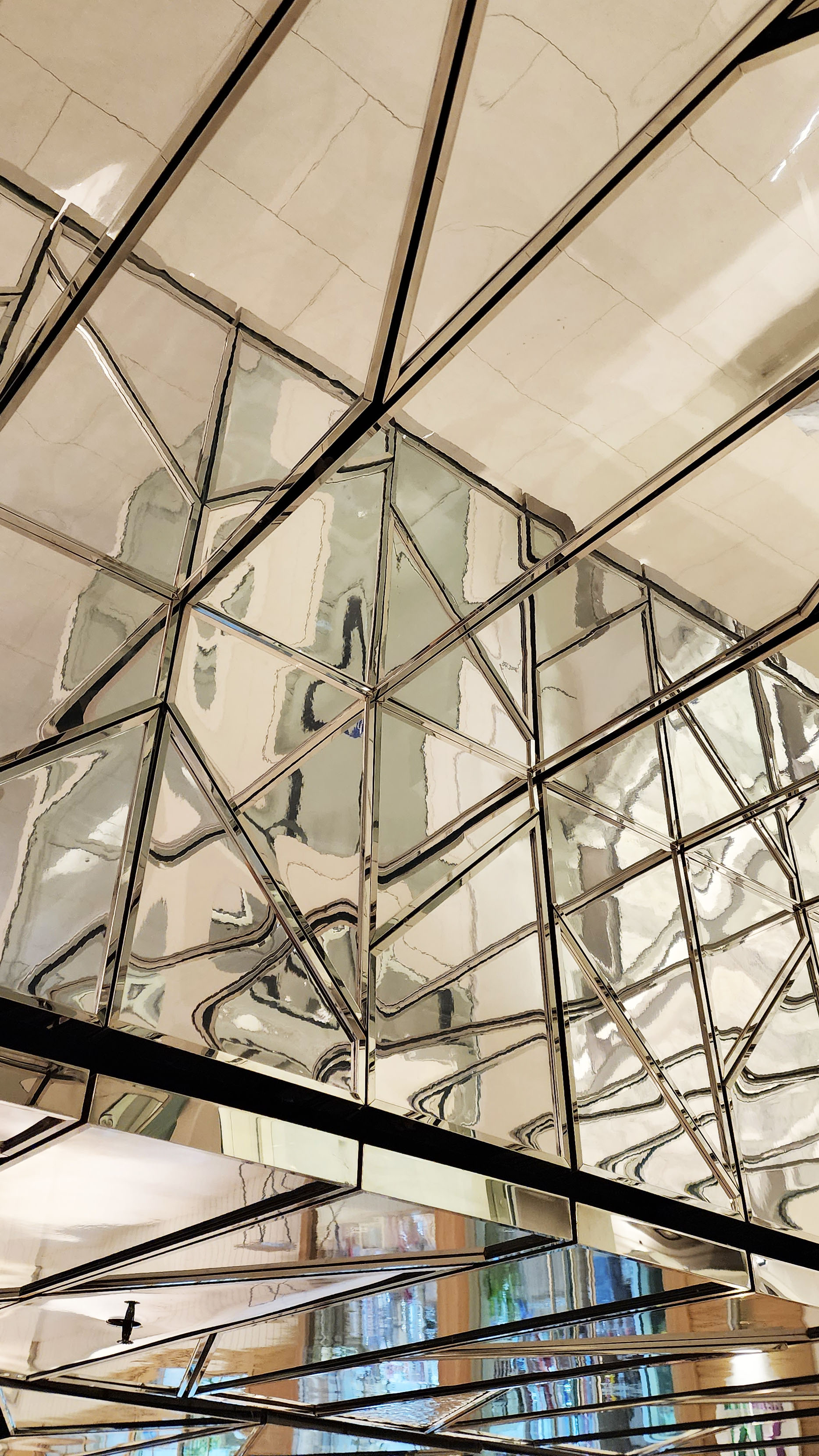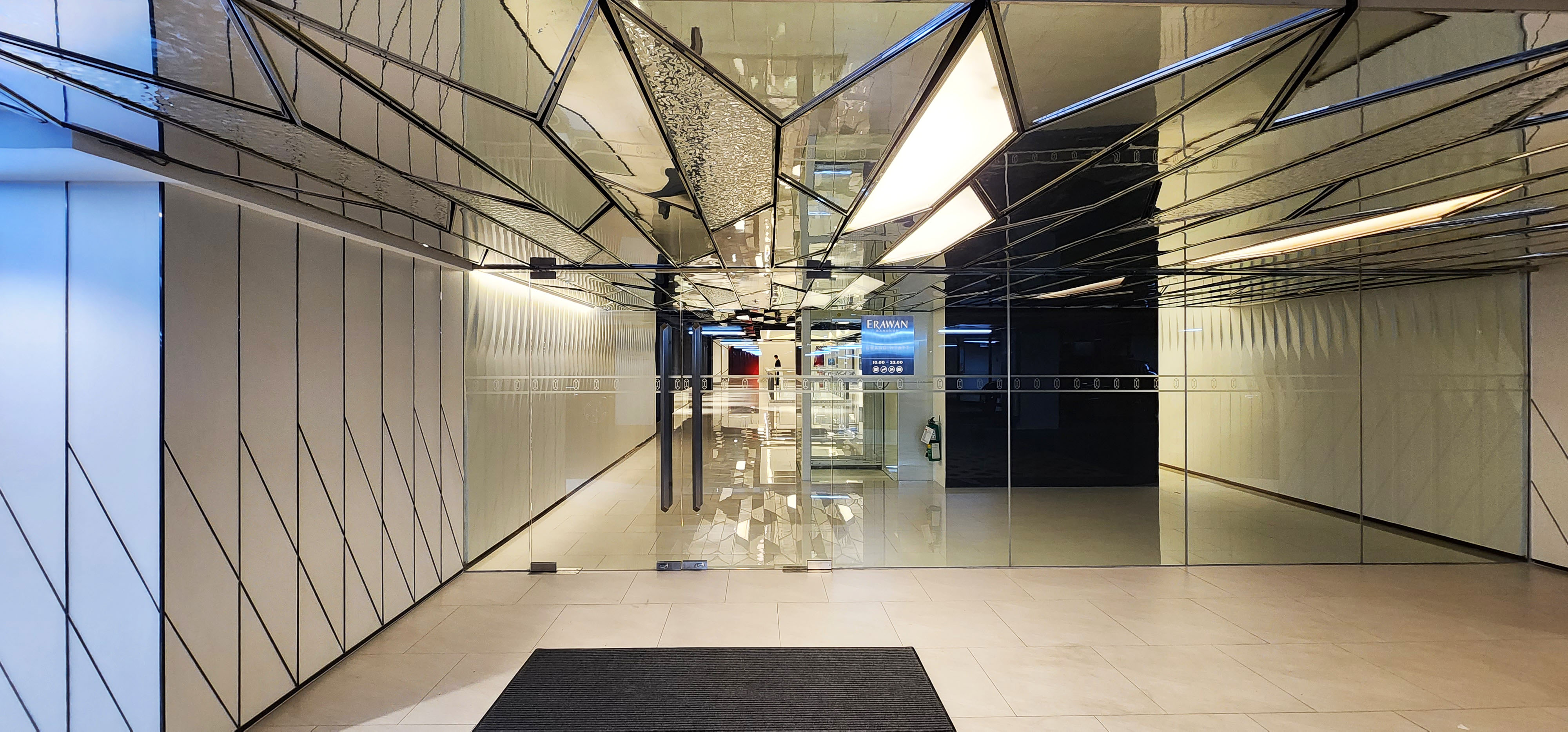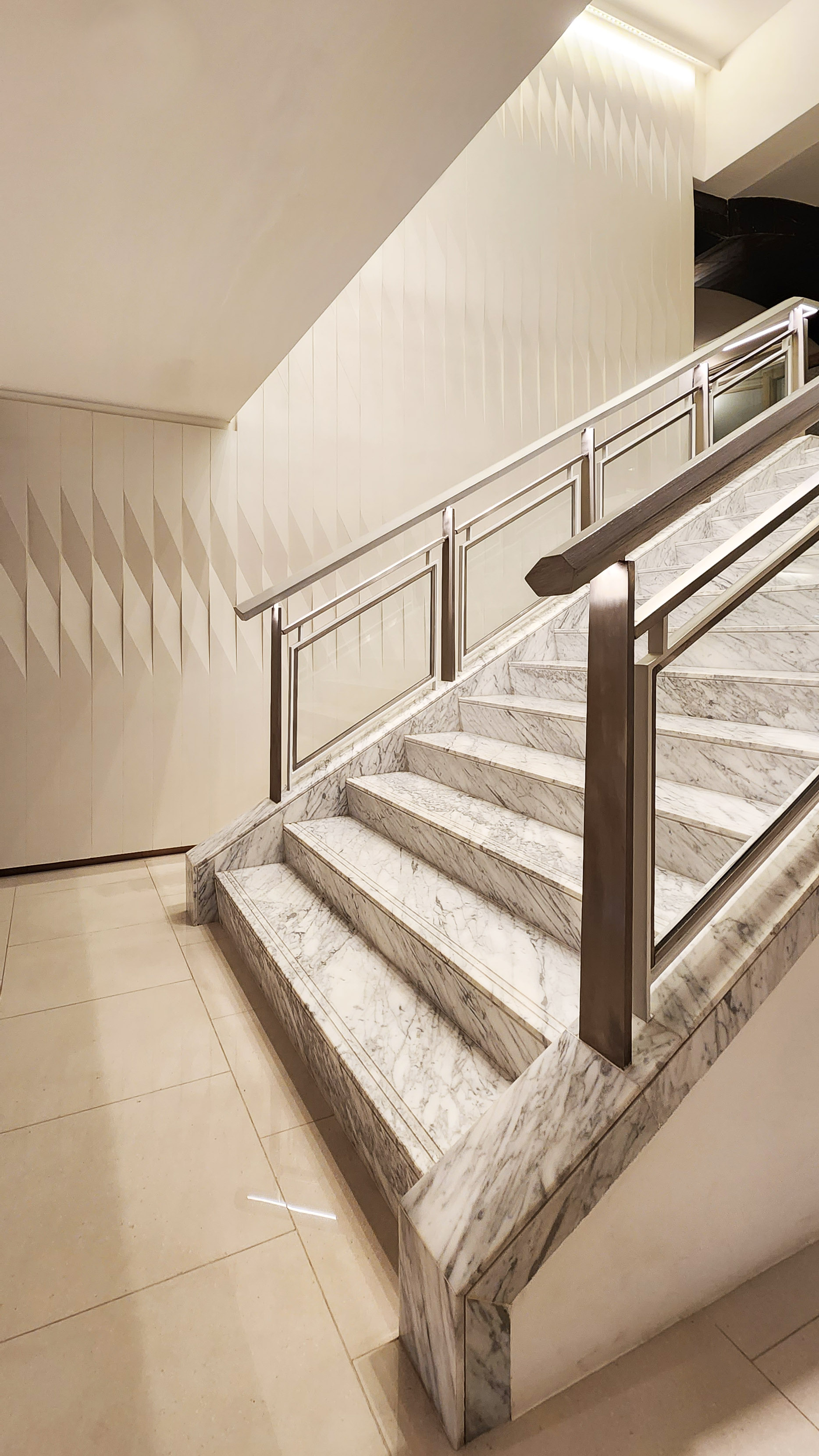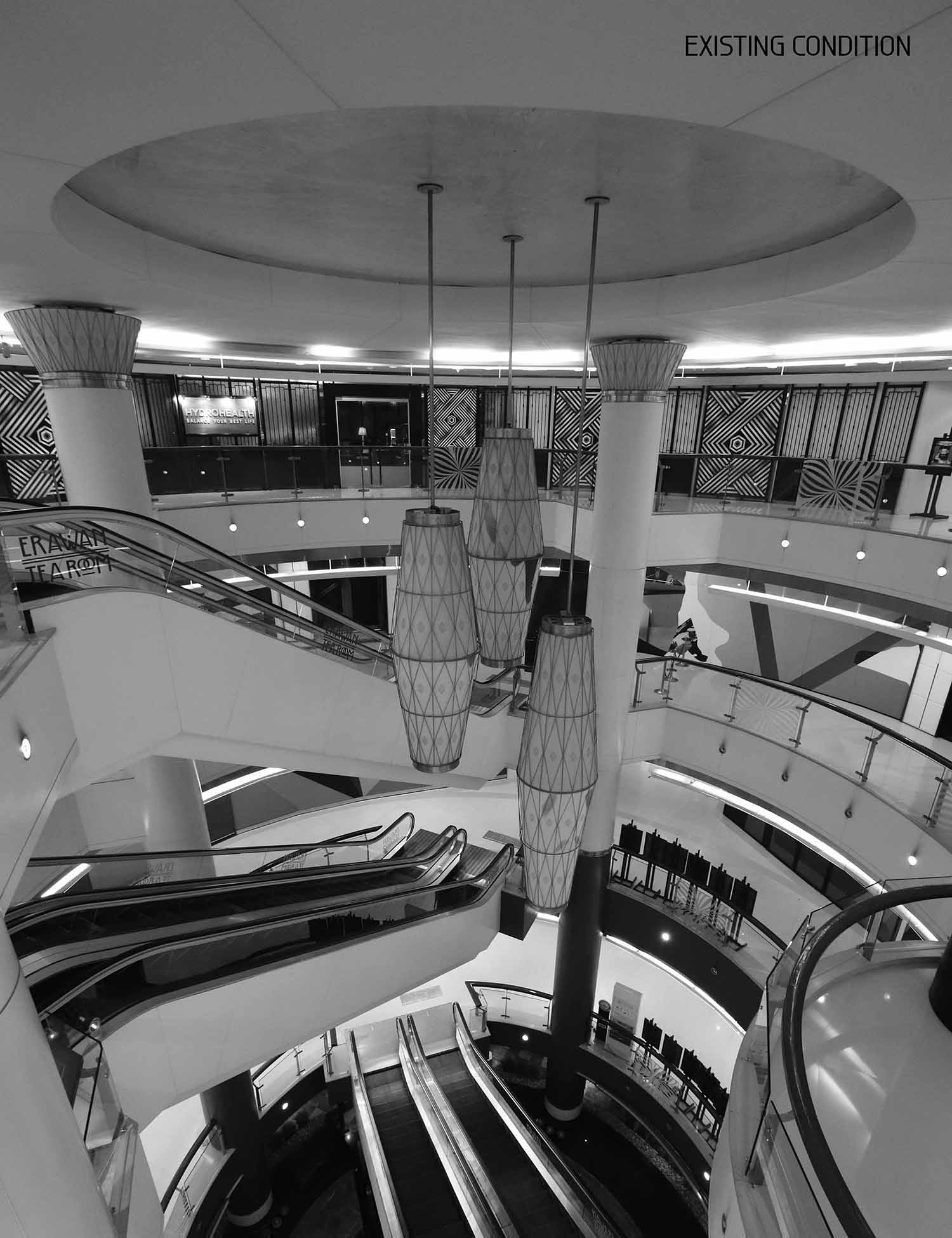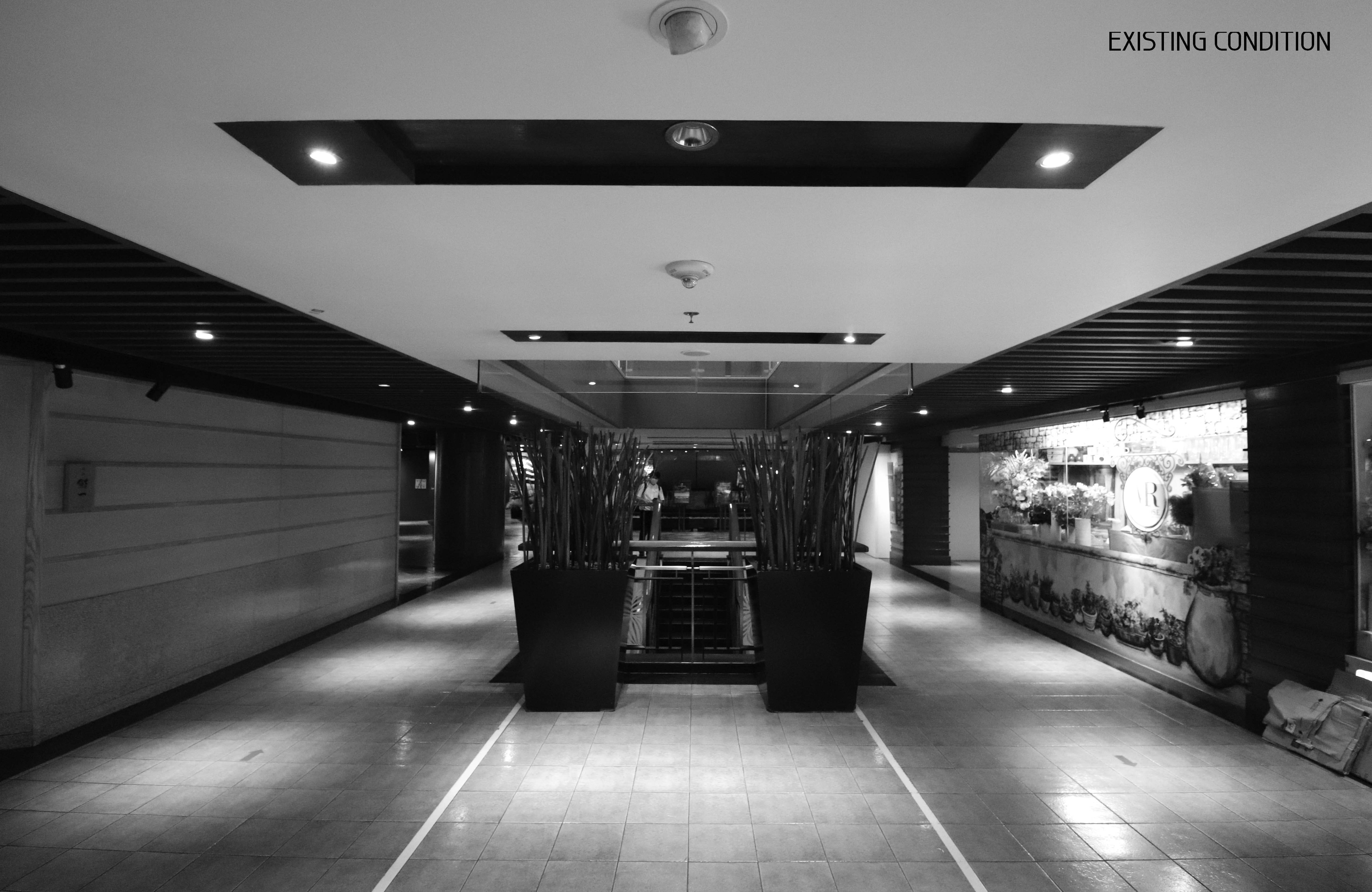ERAWAN BANGKOK INTERIOR RENOVATION
Bangkok, Thailand
Project details
ERAWAN BANGKOK INTERIOR RENOVATION
| Location | : | Bangkok, Thailand |
| Program | : | Retail Interior |
| Client | : | The Erawan Group |
| Site area | : | N/A |
| Building area | : | 12,000 sqm. |
| Status | : | Completed, 2023 |
The holistic legacy of Erawan Bangkok, Grand Hyatt Erawan and the Erawan Shrine
The outstanding character of Erawan Bangkok’s Thai post-modern architecture and the uniquely exquisite decoration of the whole complex engender a great amount of inspiration not only because it has been completely different from the neighbouring buildings in the area in which such a great stature is intended to be kept that way, but its legacy also holds even greater potential to be modernised in a very innovative, exciting and respectful ways.
Therefore, the main idea of the renovation design of the project is to preserve, promote, emphasize, enrich and, at the same time, create new experiences that have never been seen before in which it is spiritually based on the original legacy, rather than adopting a radical change or a complete replacement for an extraneous new language.
Consequently, its unique architectural techniques of multiplication of corners and repetition of ornaments in various scales become the starting point of the design conceptualisation.
The physical appearance is a metaphor of the result obtained from the crystallization process of the crystal, which is caused by the basic shape gradually breaking down repeatedly, spreading out to form a large, intricate, ornate three-dimensional pattern. And with the nature of the shape that is angled or recessed back and forth in different directions, it causes extra effects with the light that hits its surfaces. This is similar to multiplication and repetition techniques of the form and space of the original building.
As a result, the concept of “crystallisation” was born and then used as the main idea in the renovation design of the Erawan Bangkok project. The concept is applied in every part of the design aspect, including architecture, interior, landscape, lighting and graphic designs throughout the building.
Regarding the facade renovation design, almost all the original features of traditional Thai architectural elements and clear glass windows are preserved with the intention of preserving the building's original architectural heritage as much as possible. There is only one exception, in which the glass windows on the first floor facing Ploenchit Road are pushed back inside to create a semi-outdoor al fresco terrace for the restaurants for ”social interaction” between customers in the building and people on the street level and on the elevated walkway underneath the skytrain.
The glass windows, over the years, had been treated as a backdrop for advertising, being closed out randomly in an unharmonious way. While many of these windows had been left in darkness, unoccupied and neglected for many years. As a result, the building lacked unity and lost its original character. It also lacked liveliness and communication with the immediate context.
Our solution is firstly to remove solid advertising boards from all the glass windows. Then the pearl white sculptural “crystal modules” are installed in modular system behind all the glass windows, creating a dual effect of being a site-specific sculptural and architectural feature simultaneously. Its duality can also be experienced from exterior and interior. From outside, it unifies all aspects of the facade together and symbolizes a new era of the building. At the same time, it acts as an elegantly homogenous background for the Erawan Shrine.
From inside, with the natural light coming in and preprogrammed artificial light coming up, the crystal modules cast shadows that are intricate and poetic all along the bay windows. Moreover, the crystal modules are easily assembled and disassembled thanks to the in-depth attention to joinery design and modular system. This allows a great deal of flexibility for future events such as art installations, performances and promotional activities or any kind of events aimed at engaging public communication.
About the interior design, not only the plans are reorganised, including entrance relocation, leasable area readjustment and common area redecoration, but a central five-storey atrium is also renovated entirely with a new design concept of crystallisation. In collaboration with Hui Team Design, a multimedia mobile art is created and fills the full height of the atrium space. Inspired by natural phenomena in the weather of three different seasons in Thailand, the first art work that Hui Team Design create is “Rainy Season”, simulating the immersive atmosphere through colour-changing hanging clouds, crystal raindrops, moving images, light and sound effects. The aim of the convergence between interior design and multimedia art installation is to create a new experience inside the shopping center where the boundary between art and commercial spaces is intentionally blurred.
Since the beginning of Erawan Bangkok over thirty years ago, this has been the most extensive renovation in its history. With the design concept and the integration between art and architecture, it delivers a solution to the ongoing shopping mall competition in the market of Bangkok, especially in the context of Ratchaprasong district (Physical Competitors) and online competitors alike.
At the same time, what has been carefully maintained are the unique character and charm of Erawan Bangkok building that has stemmed from a rich story of its own origin of Thai Postmodern architecture and the strong connection with the physical and spiritual contexts of the Erawan Shrine. Together with newly created design dialogues of both exterior and interior, holistically they bring the building closer than ever to the public realm.
Credits
Lighting Design : Withlight
Multimedia Installation Art : HUI Team Design
Photo Credits : Beer Singnoi

